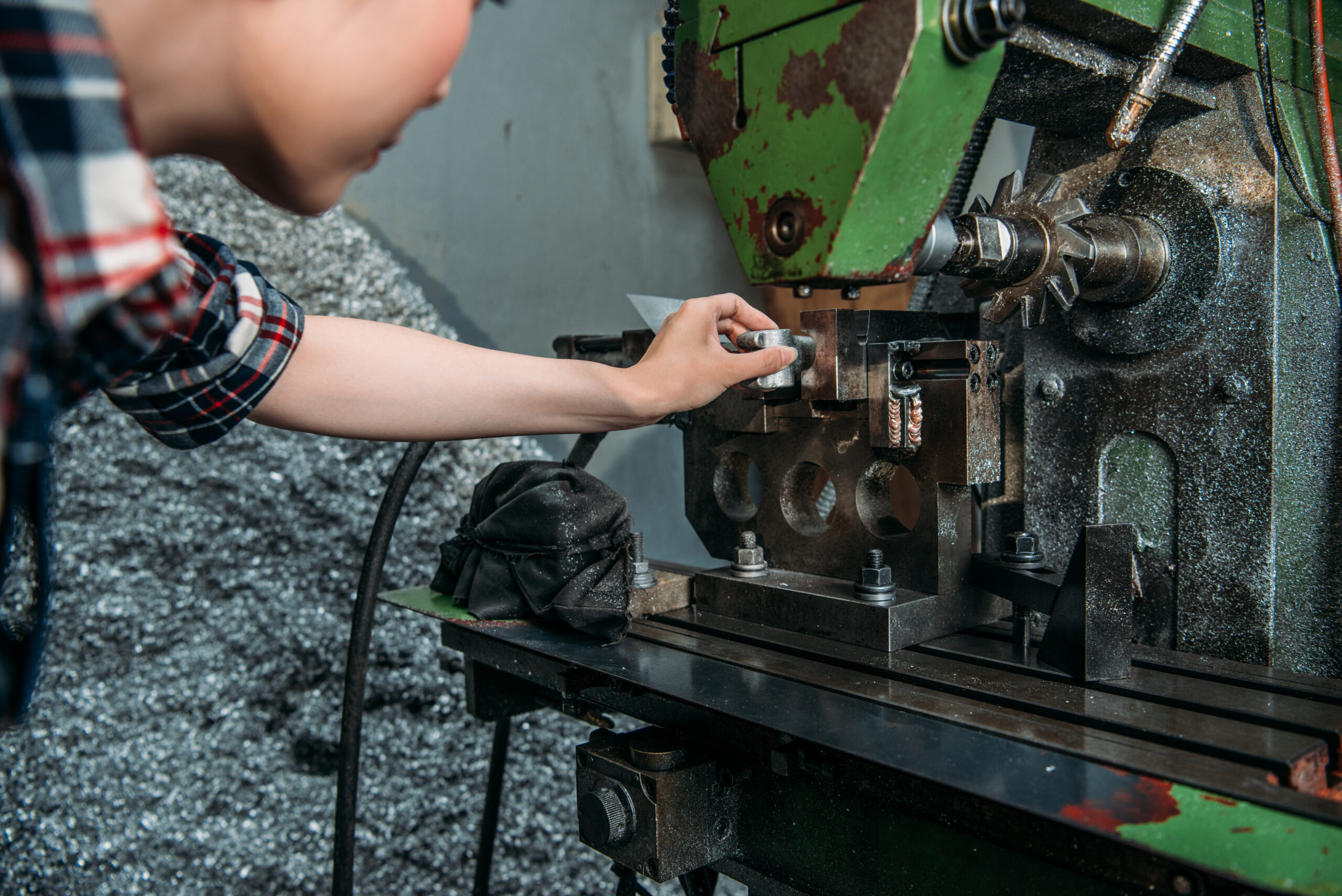Increased depreciation rates for fixed assets in Poland

As defined in the Corporate Income Tax Act, fixed assets are those owned or co-owned by the taxpayer. These assets are purchased or manufactured in-house, complete and fit for use on the date of acceptance for use. Over time, the value of the assets in use decreases, which is reflected in the company’s settlements. Companies can make so-called depreciation deductions. In turn, the amount of depreciation allowances is strictly determined by depreciation rates. So when can we apply increased depreciation rates to fixed assets?
The range of fixed assets includes:
- structures, buildings and premises under separate ownership,
- machinery, equipment and means of transportation,
- other items
– with an expected period of use of more than one year. In addition, used by the taxpayer for purposes related to the business activity it conducts.. These may also include items given for use under a lease, rental agreement or an agreement specified in Article 17a point 1 of Polish Corporate Income Tax Act.
Depreciation rates in Poland -determination of the amount
Depreciation is made using the depreciation rates specified in the Depreciation Rate Schedule. The above schedule is an appendix to the Act.
In addition, the legislature gives the right to increase the depreciation rates included in the schedule::
- for buildings and structures used in conditions:
- deteriorated – using coefficients not higher than 1.2,
- poor – using coefficients not higher than 1.4,
- for machinery, equipment and means of transport, with the exception of marine rolling stock, used more intensively in relation to average conditions or requiring special technical efficiency, using coefficients not higher than 1.4 during this period,
- for machinery and equipment included in groups 4-6 and 8 of the Classification, subjected to rapid technical progress, using coefficients not higher than 2.0.
According to the explanations in the list of depreciation rates, deteriorated conditions of use of buildings and structures are considered to be the use of these fixed assets under continuous exposure to water, water vapors, significant vibrations, sudden changes in temperature and other factors causing accelerated wear of the object.
On the other hand, the use of these fixed assets under the influence of destructive chemicals is considered poor use of buildings and structures. Especially if they are used to produce, manufacture or store corrosive chemicals. This also applies to cases of strong effects on a building or structure of destructive chemicals dispersed in the atmosphere, water or emitted as vapors, the source of which is other objects in the vicinity.
Increased depreciation rates-legal basis in Poland
The legislature did not specify the prerequisites that should be met in order to consider that fixed assets are used more intensively compared to average conditions. Therefore, this provision should be interpreted according to its linguistic interpretation. Such a conclusion comes, among others, from the individual interpretation of the Director of National Tax Information dated August 25, 2022, No. 0112-KDIL2-2.4011.541.2022.1.WS
In the interpretation indicated, the taxpayer accepted a newly built car wash as a fixed asset. It depreciated at a rate according to the Schedule of 10%.
The taxpayer described that the car wash was and is used 24 hours a day, 7 days a week. In an intensive manner, in various weather conditions and requires constant technical efficiency. The equipment is affected by low and high temperatures, chemicals, water, making it vulnerable to corrosion, mold and mechanical damage.
The taxpayer asked the tax authority whether, for the described fixed asset, he could increase the depreciation rate by a coefficient of 1.4 as of January 1, 2023. The authority found the taxpayer’s position correct and agreed to apply the coefficient to increase the depreciation rate.
In turn, machinery, equipment and means of transportation requiring special technical efficiency are understood to be those facilities that are used in three-shift operation. Although they do not, by their nature, operate in continuous operation, they are used in off-road, forestry, underground or other conditions indicating more intensive wear.
On the other hand, machinery and equipment in Groups 4-6 and 8 subjected to rapid technical progress is understood to be machinery, equipment and apparatus in which microprocessor systems or computer systems are used. They must fulfill their intended functions, thanks to the use of state-of-the-art technology in them, as well as the remaining scientific and research and experimental-production apparatus.
Increased depreciation rates (by a coefficient) can be applied:
- for buildings, structures, machinery, equipment and means of transportation (except for marine rolling stock) from the month following the month in which the circumstances justifying the changes occurred,
- for machinery and equipment included in Groups 4-6 and 8 from the month following the month in which these measures were entered in the records, or from the first month of each subsequent fiscal year.
Author: Agnieszka Bojar, Manager of the Accounting area at MDDP Outsourcing.
Sources:




